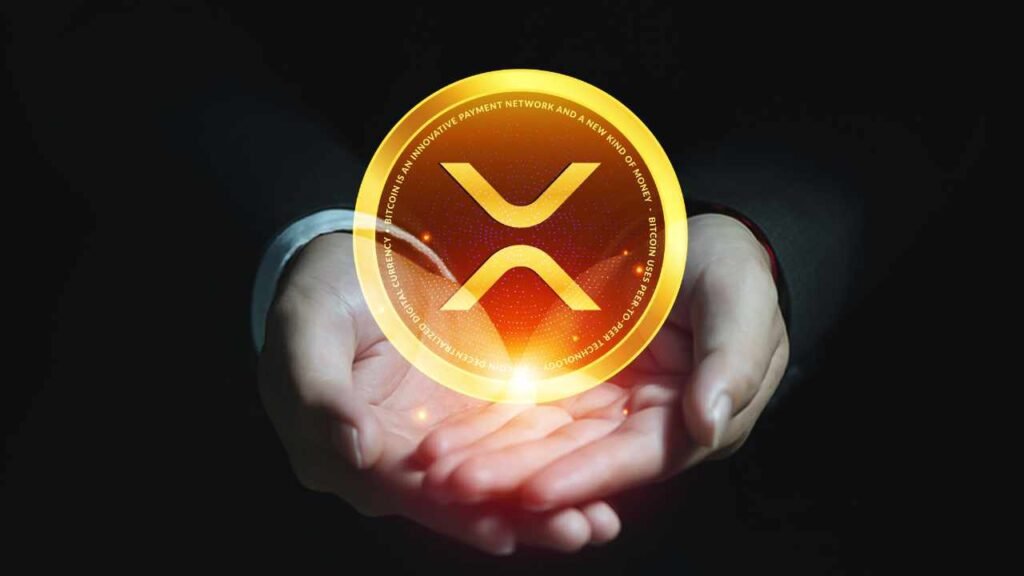XRP and Wormhole Integration: A New Era for Cross-Chain Innovation
Ripple has just made waves in the decentralized finance (DeFi) space with the announcement of their integration with the cross-chain protocol, Wormhole. This partnership allows XRP and tokens on the XRP Ledger to seamlessly flow across over 35 blockchain networks. With a focus on expanding interoperability, Ripple is not only enhancing tokenization but also setting the stage for significant advancements in institutional finance.
Unlocking New Possibilities for DeFi
The integration of Wormhole with the XRP Ledger marks a transformative moment for the DeFi ecosystem. By enabling cross-chain functionality, XRP can now interact with a myriad of assets on other blockchains, paving the way for innovative financial products and services. This interconnectedness allows users to leverage liquidity from various networks, creating a more fluid and dynamic marketplace that benefits all participants.
Enhanced Tokenization Capabilities
Tokenization is a cornerstone of modern finance, allowing real-world assets to be represented on the blockchain. With the newly integrated Wormhole, Ripple aims to enhance its tokenization capabilities significantly. Users can now tokenize assets and engage with various networks, bringing greater accessibility and value. This feature is particularly advantageous for institutions looking to diversify their portfolios and tap into the burgeoning market of digital assets.
Strengthening Institutional Finance
Ripple’s partnership with Wormhole is set to bolster institutional participation in the cryptocurrency landscape. By facilitating seamless token transfers across 35+ blockchains, financial institutions can access a broader range of digital assets, effectively optimizing their trading operations and risk management strategies. This increased accessibility not only fosters innovation but also enhances the credibility of the crypto ecosystem, attracting more institutional investors.
Advantages of Cross-Chain Functionality
The advantages of Wormhole’s cross-chain technology are multi-faceted. By allowing XRP to interact with various blockchain networks, Ripple is creating more avenues for liquidity and market participation. This setup minimizes the need for multiple exchanges and enables users to engage in transactions with greater speed and efficiency. Additionally, by reducing transaction costs and processing times, the integration enhances user experience and overall satisfaction.
Looking Ahead: The Future of Ripple and DeFi
As Ripple prepares for this next phase of innovation, the implications of the Wormhole integration are enormous. Not only does it position Ripple as a key player in the expanding DeFi landscape, but it also opens up new avenues for growth and collaboration across the blockchain sector. As more institutions recognize the potential of cross-chain interactions, Ripple’s role in shaping the future of finance will undoubtedly continue to evolve. This collaboration signals a brighter future for decentralized finance and institutional engagement, setting the stage for remarkable advancements in the crypto industry.
In conclusion, Ripple’s integration with Wormhole marks a pivotal moment for the XRP Ledger, enhancing its capabilities in DeFi, tokenization, and institutional finance. As the blockchain landscape becomes increasingly interconnected, this collaboration promises to unlock new opportunities for users, institutions, and the wider financial ecosystem.


